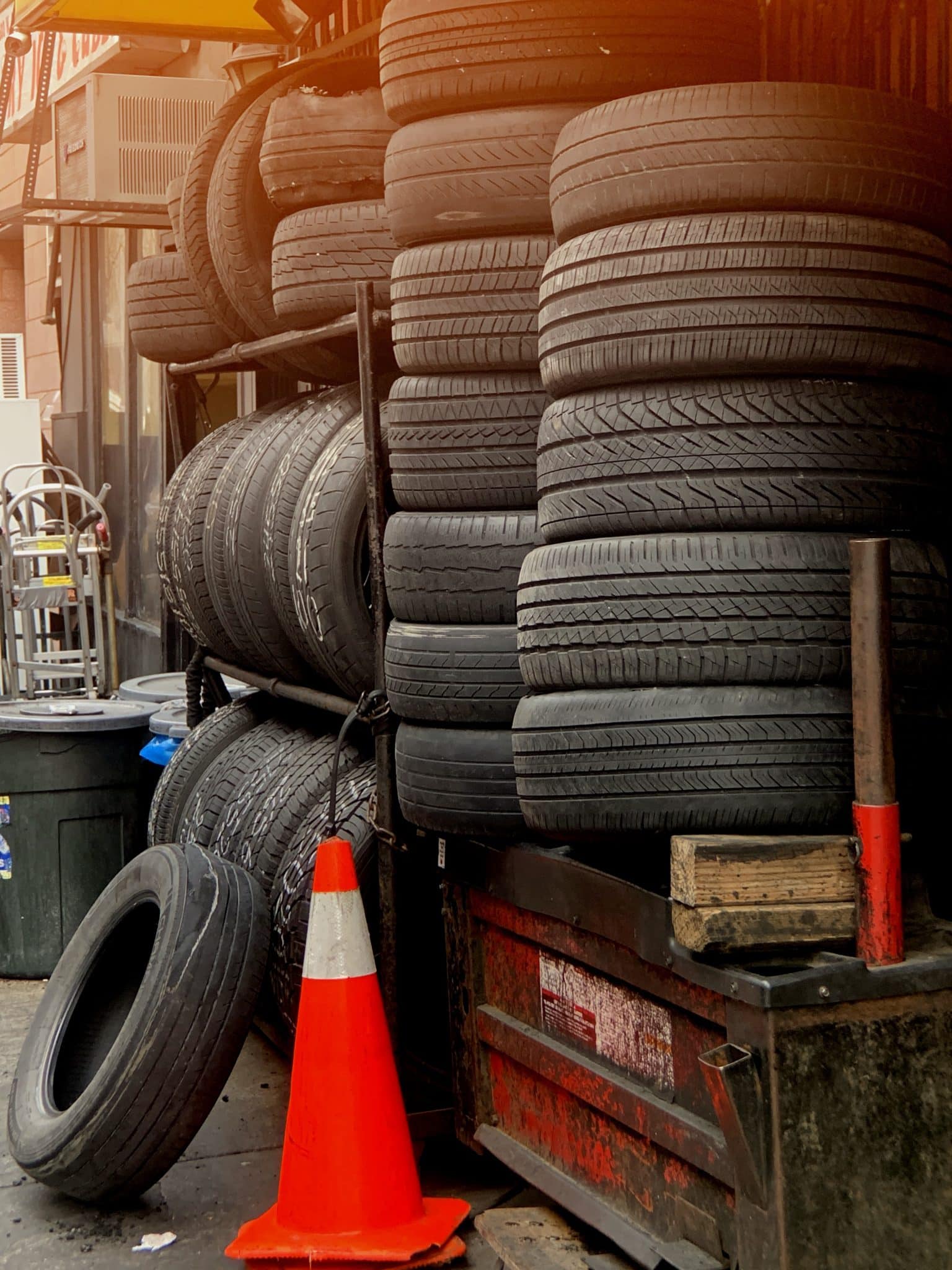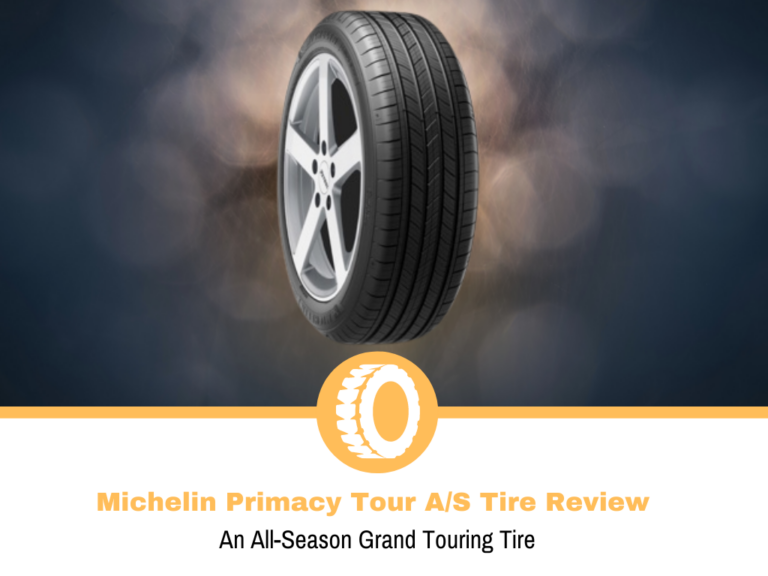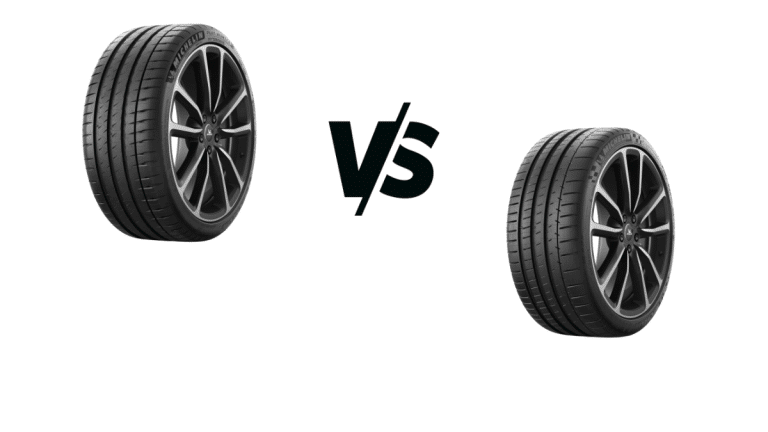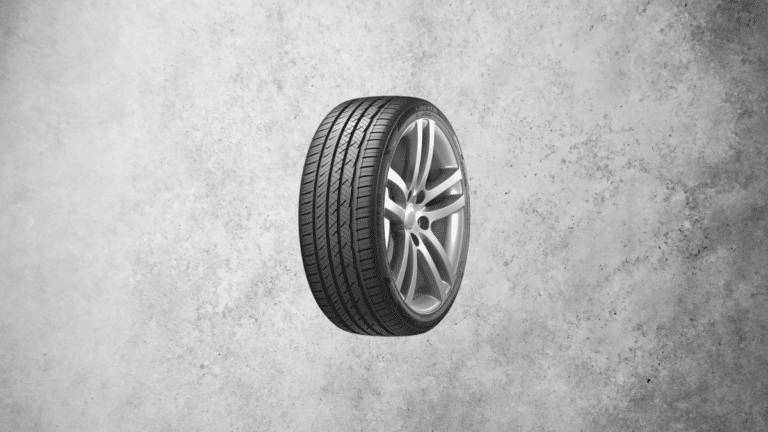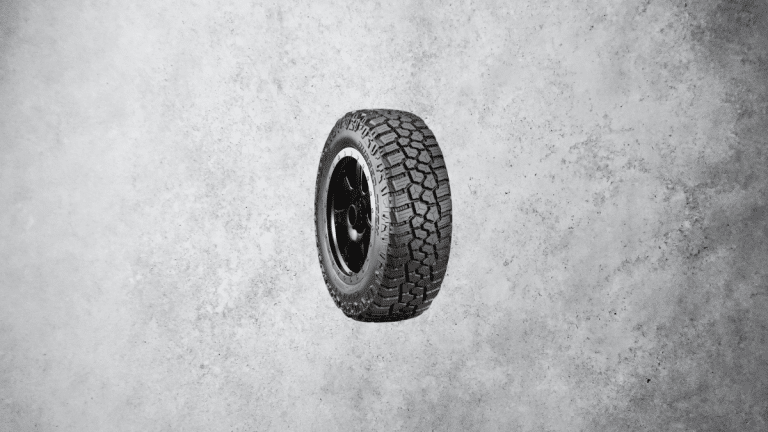How to Make Your Tires Last Long
As car owners, we find ourselves in a situation where we need to replace the old tires. They get old or wear down, so their performance reduces, meaning they aren’t as safe as they were when new. Since tires aren’t cheap, we look at various aspects and determine if they are a good choice. There are many deciding factors, one of which is the longevity.
Many tire models come with a warranty, which gives us a rough estimate of how much we can expect to get, but that’s not always the case. Sure, it’s a good marker, but plenty of things can reduce it, and we end up getting half of that. It’s frustrating, and today, I’ll explain how to avoid that.
In this guide, I’ll discuss several habits to help you get the most mileage out of your tires. For some of these, you’ll need to change how you do certain things, while for others, you’ll just need to pay a bit more attention to the tire maintenance aspect.
To be fair, this article will be aimed more towards people who look at the car as a means of transport. These kinds of owners usually go for sensible choices like touring tires, which are considered the longest-lasting options. On the other hand, UHP tires have a different purpose, so people who get these don’t bother too much with the longevity.
I’ll try to keep this guide as broad as possible, so my tips will cover any kind of tire. Without further ado, let’s look at how you can get more miles out of your tire.
Avoid Aggressive Driving
Many car owners want to have some fun occasionally, and I’m no exception. Pushing the car on a twisty road is exciting, but it’s not the best thing to do if you want longer-lasting tires. Since tires generally rely on friction, the more you push them, the harder they’ll try to hold on to the road. This speeds up the wear process, and you end up with tires that won’t last as long as they should.
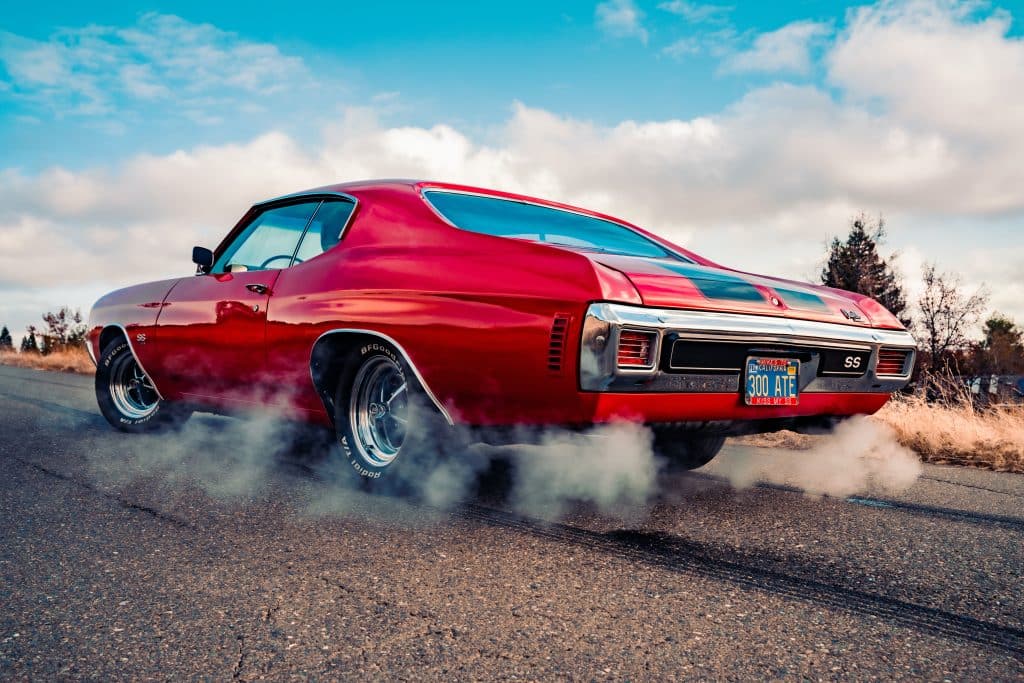
It’s a similar story with showing off in front of your friends and doing burnouts. This process tears pieces of rubber from the tires at an accelerated rate and cripples the longevity. As a bonus, you’re also introducing excessive heat to the tires, which can cause all sorts of additional problems.
To be fair, one burnout won’t reduce the longevity by half, and you probably won’t have a lot to worry about. Doing this regularly will, so as cool as it looks, avoid it if you want your tires to last longer.
Rotate the Tires Regularly
You may have heard of tire rotation but don’t know what it is. I have an extensive guide on it, but the short explanation is changing the order of the tires. There are multiple rules for this, so check out the guide to learn more. But why does it matter?
As good as tires are, they won’t wear at the same rate on the inner and outer sides. This is why manufacturers recommend rotating them at certain intervals because if you don’t, one side will be too worn down, and the tire will be unsafe.
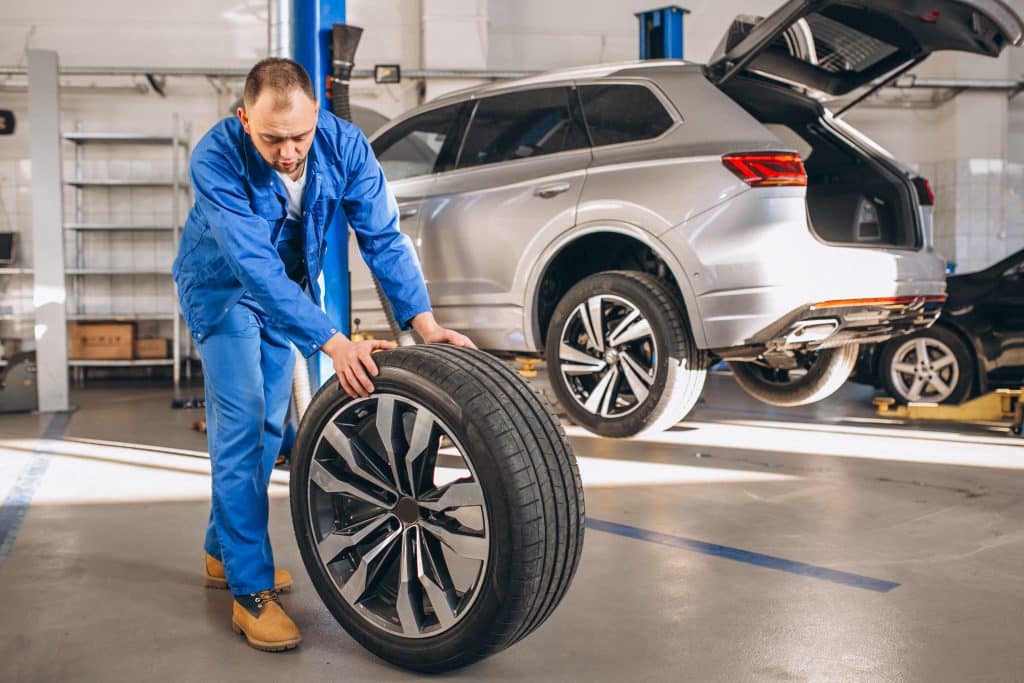
There’s a slight issue here, and that’s the car setup and type of tire. Not all tread patterns can be rotated in any orientation, and not all cars will allow this. If you’re unsure about this, consult with your local tire shop about how to approach this.
For example, a set of directional tires on a car with a staggered setup means you’re out of luck about breaking a world record for the longest-lasting tires. This limits your rotation options to none, so don’t expect wonders. A staggered setup is also why tire manufacturers offer half a warranty on these cars.
Keep the Tire Pressure Optimal
From the factory, car manufacturers specify the pressures at which the tires should be inflated. This ensures the tire operates optimally and gives you the best performance without sacrificing longevity. Once the pressure levels go outside the optimal range, you’ll notice some problems over time.
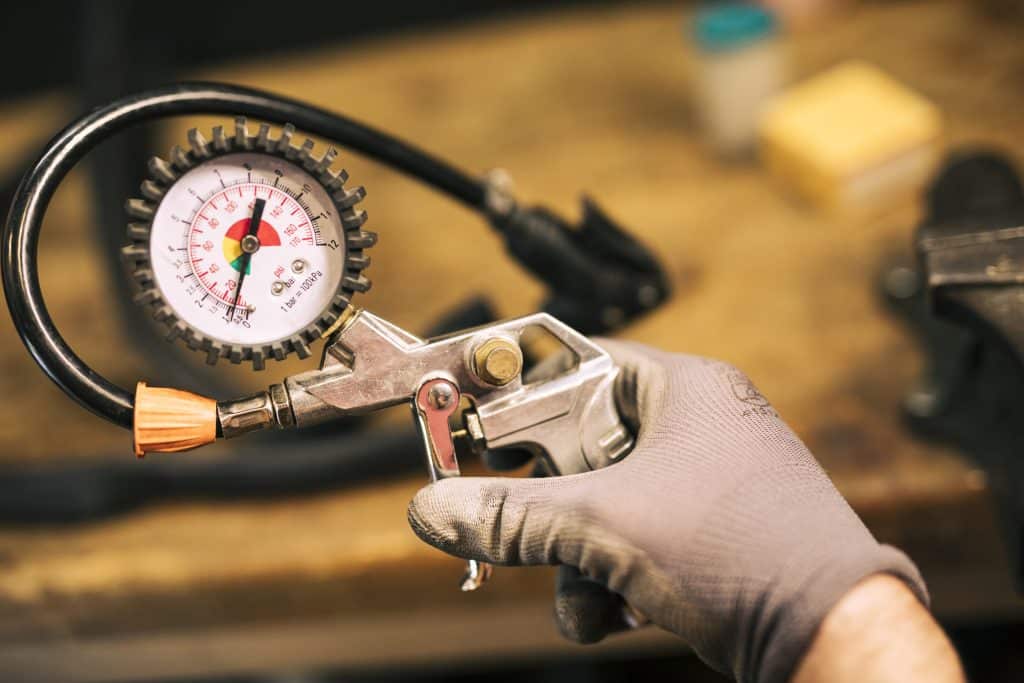
The most common problem people have with improper pressure is uneven wear. Depending on the pressures, if they are over or under optimal, you’ll get increased wear on the middle of the tread or the shoulders. Both are bad and driving too long will reduce the longevity because you’ll have patches with less tread pattern.
This is why it’s important to monitor the tire pressures constantly. It’s a recommendation for cars that don’t have TPMS or have one where you’re not seeing the exact pressures but get a warning light that the pressure is outside the recommended range.
Align the Wheels Regularly
You’re probably wondering why I’m talking about wheels when the topic is for tires. Well, the alignment is an adjustment of the angle of the wheels, which is specified by the car manufacturer. Again, this ensures that the tires will perform as intended without sacrificing longevity.
If the angle is off even by a fraction of a degree, then the tires will “drag” more than they should. It speeds up the wear process and reduces the amount of miles you’ll get from them. But why does it happen? The roads aren’t as smooth as we want them to be, so the bumps and potholes can offset the values, which is why you need to check the alignment regularly.
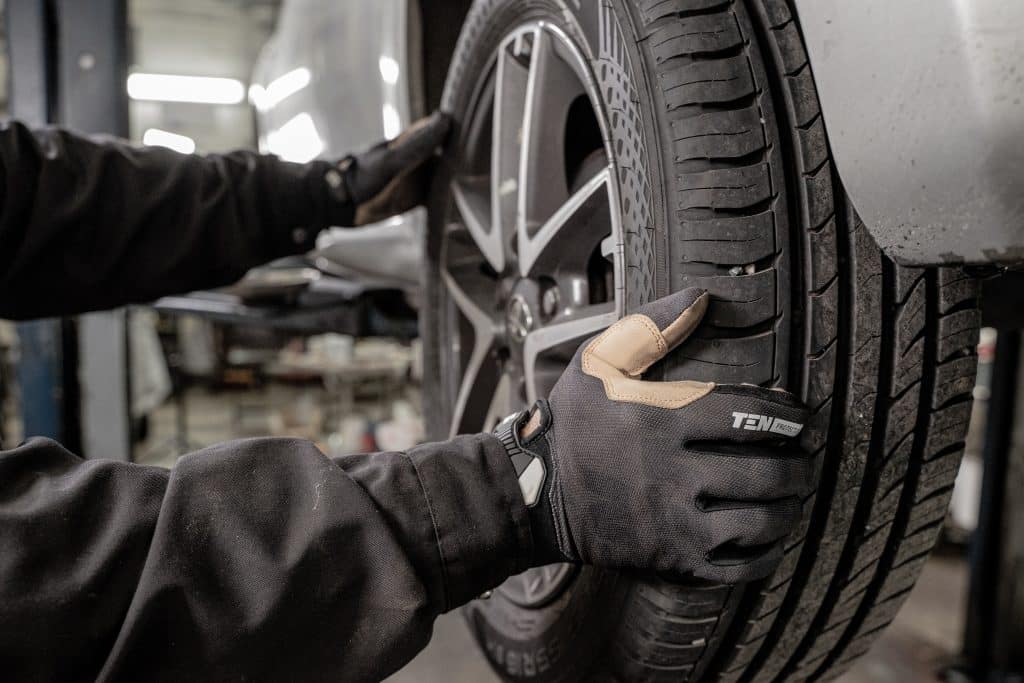
There isn’t a specific rule about this, but I’m usually aiming to have it checked once a year. If I find myself in a situation where I hit a larger pothole at higher speeds, I may take the car to the shop just to double-check. These kinds of things can mess with the alignment, and I’d rather check it than risk reducing the lifespan of the tires.
Make Sure the Balance Is Right
If you’ve been driving long enough, you may have noticed unusual vibrations. Going to the shop with these symptoms means that the technician recommended checking the balance, which can be a problem in terms of longevity. As the wheel and tire combination vibrates, it can lead to accelerated treadwear and a tire that won’t last as long. I said tire, not tires because it rarely happens on all 4 wheels at the same time.
Tires and wheels aren’t perfectly straight, which is where the weights come into play. They act as a counterweight to the crooked part and balance things out so that there’s no vibration. Tire shops aim to have the balance as close to perfect as possible, which is why there are different-sized weights.
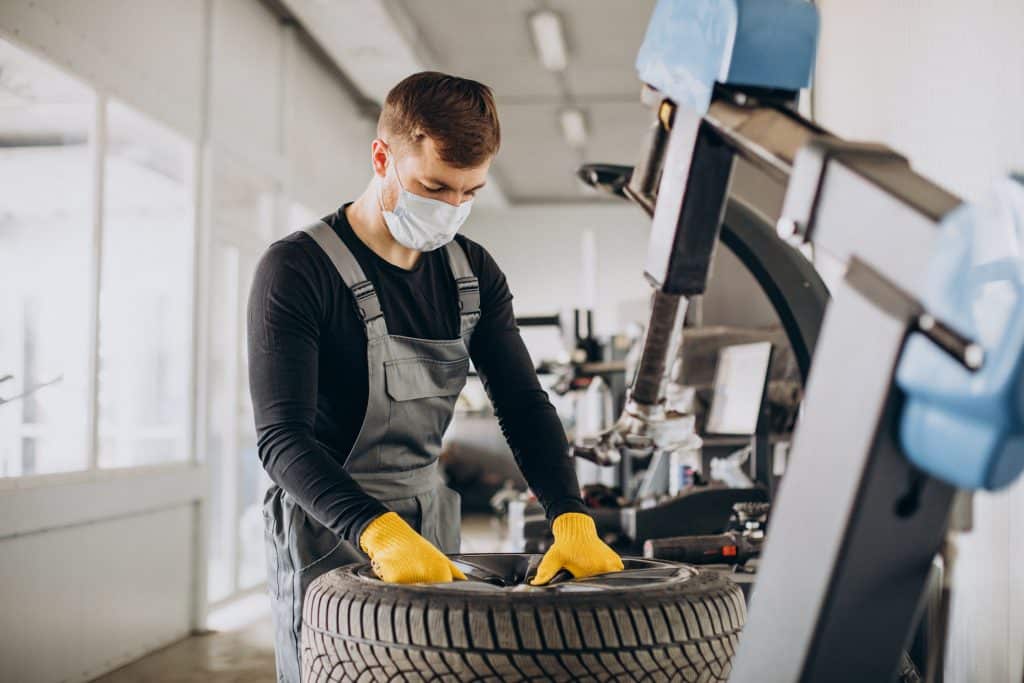
So, how often do you check the balance? It depends. If you’re running a set of summer and winter tires, every reputable tire shop will check the balance every time you replace the tires, regardless if you have a different set of wheels for both types of tires, or a single one. On the other hand, if you’re running all-season or all-weather tires that you don’t replace too often, things can get tricky.
There isn’t a specific interval, so I recommend monitoring for any unusual vibrations. When I say unusual, I mean more than what you usually feel. It can be vibrations in the steering wheel, or you may feel it in the seat or the entire car. If you notice something like this, take your car to the shop and check the balance.
Use the Right Tires
I know I said that I wouldn’t be talking about a specific type of tire, but this is different. If you’re one of those owners with a summer and winter tire setup, you’d want to use both sets in their intended conditions. Tire manufacturers design these tires to operate in certain conditions, so deviating from them can reduce the lifespan.
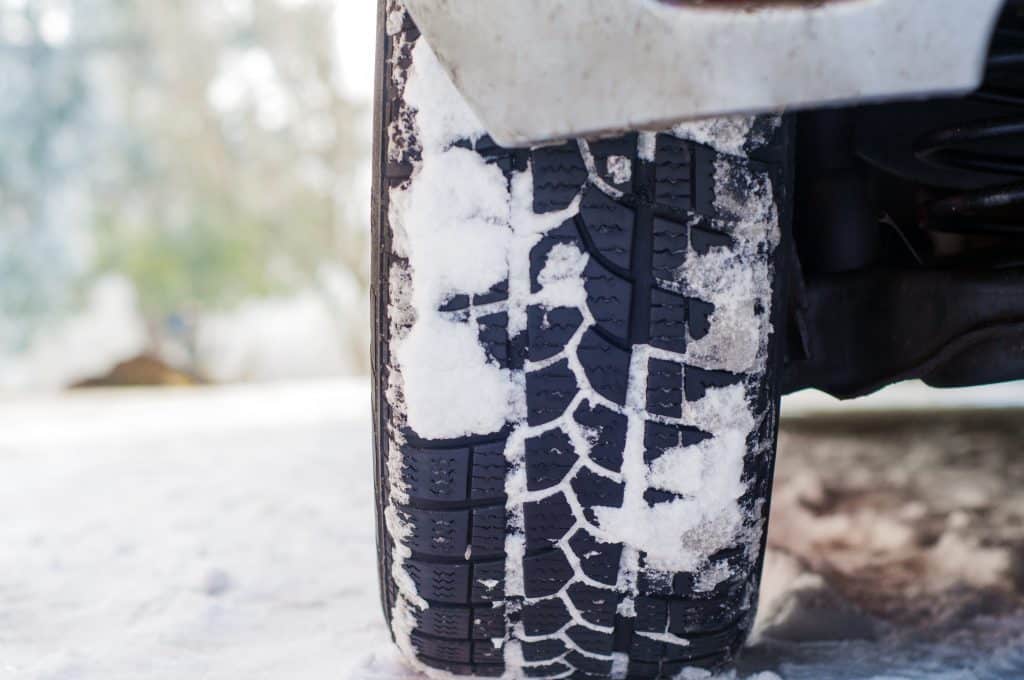
The biggest problem I’ve seen in this regard is driving with winter tires in summer. Winter tires have a softer compound, so the heat can tear them to shreds, meaning you won’t get anywhere near the “expected” longevity. It’s not a massive problem with summer tires in winter, but they’re still outside their comfort zone. The worst part here is that you’re reducing the performance levels to a dangerous level.
This is why it’s important to monitor the weather conditions and replace the tires based on that. Some areas have stricter laws about this, so unless you want to pay some fines, replace them as the law requires. For the other parts, it’s a simple rule: if the temperature is under 45 degrees, it’s time for winter tires. Otherwise, stick to the summer ones.
Conclusion
Since tires aren’t cheap, most of us would want them to last as long as possible. Our daily driving habits combined with proper maintenance are a few things that can help us reach the numbers that would make us feel comfortable.
As good as all of this sounds, millions of variables can affect longevity. Sure, the tips I outlined can help you get the most out of them, but it doesn’t mean you and someone else will get the same mileage. The tire model may be the same, but a different car, conditions, and many other things will lead to a different mileage number.
The most important thing to note is that with these tips, you’re not getting the most out of the tire model. You’re getting the most out of the set you have, and that should be good enough for anyone. Again, with the different types of tires, cars, conditions, and surfaces, the numbers can vary quite drastically.
